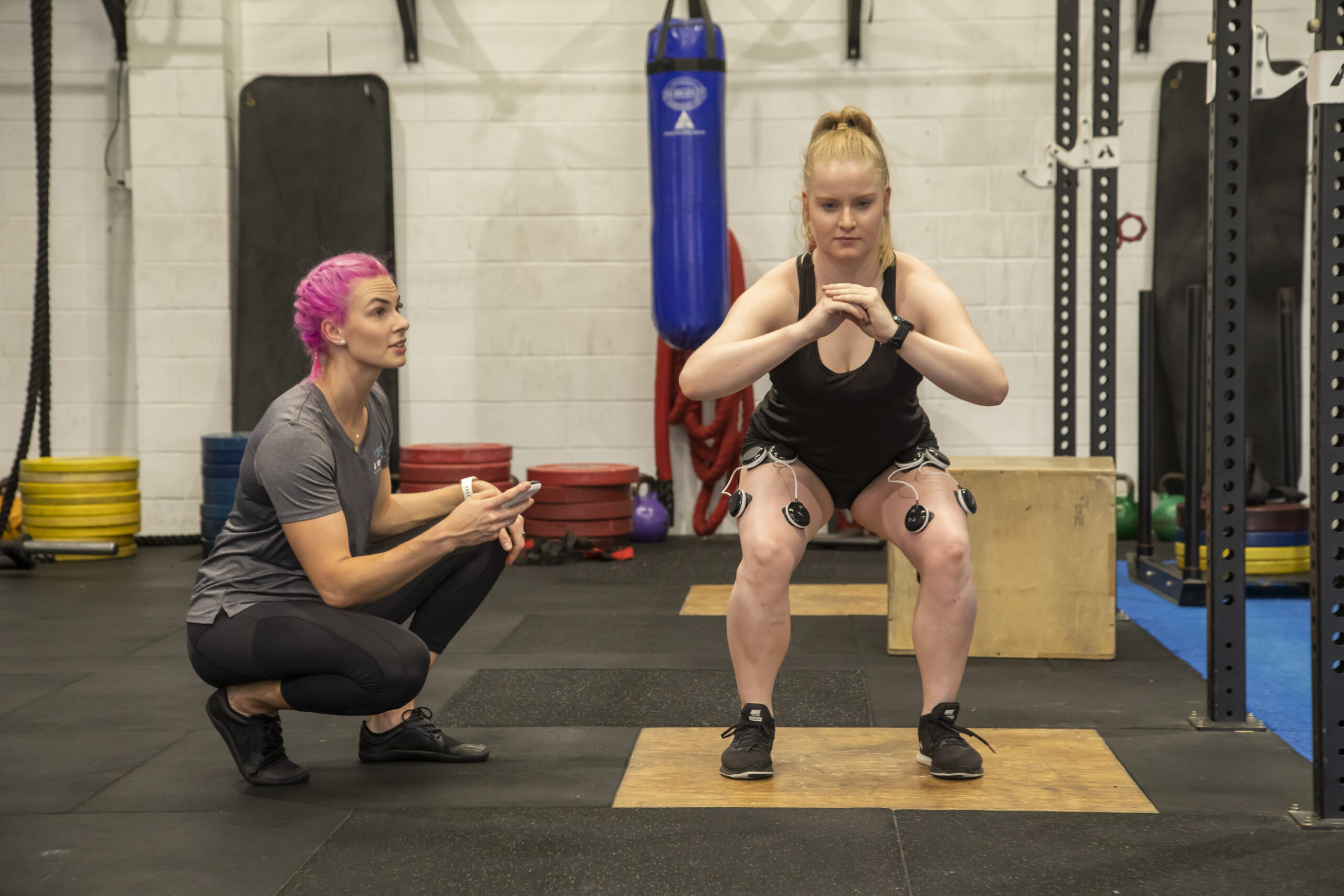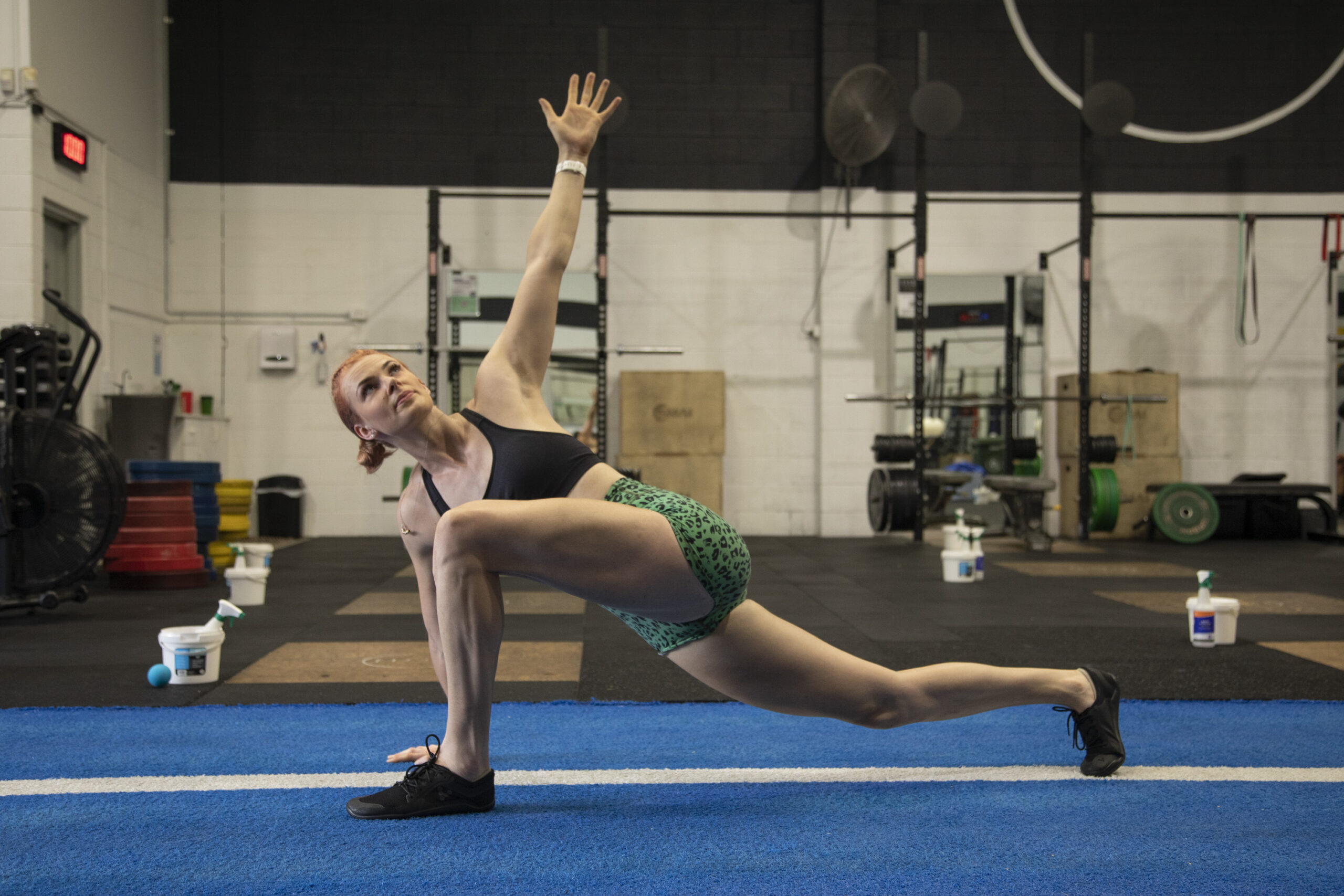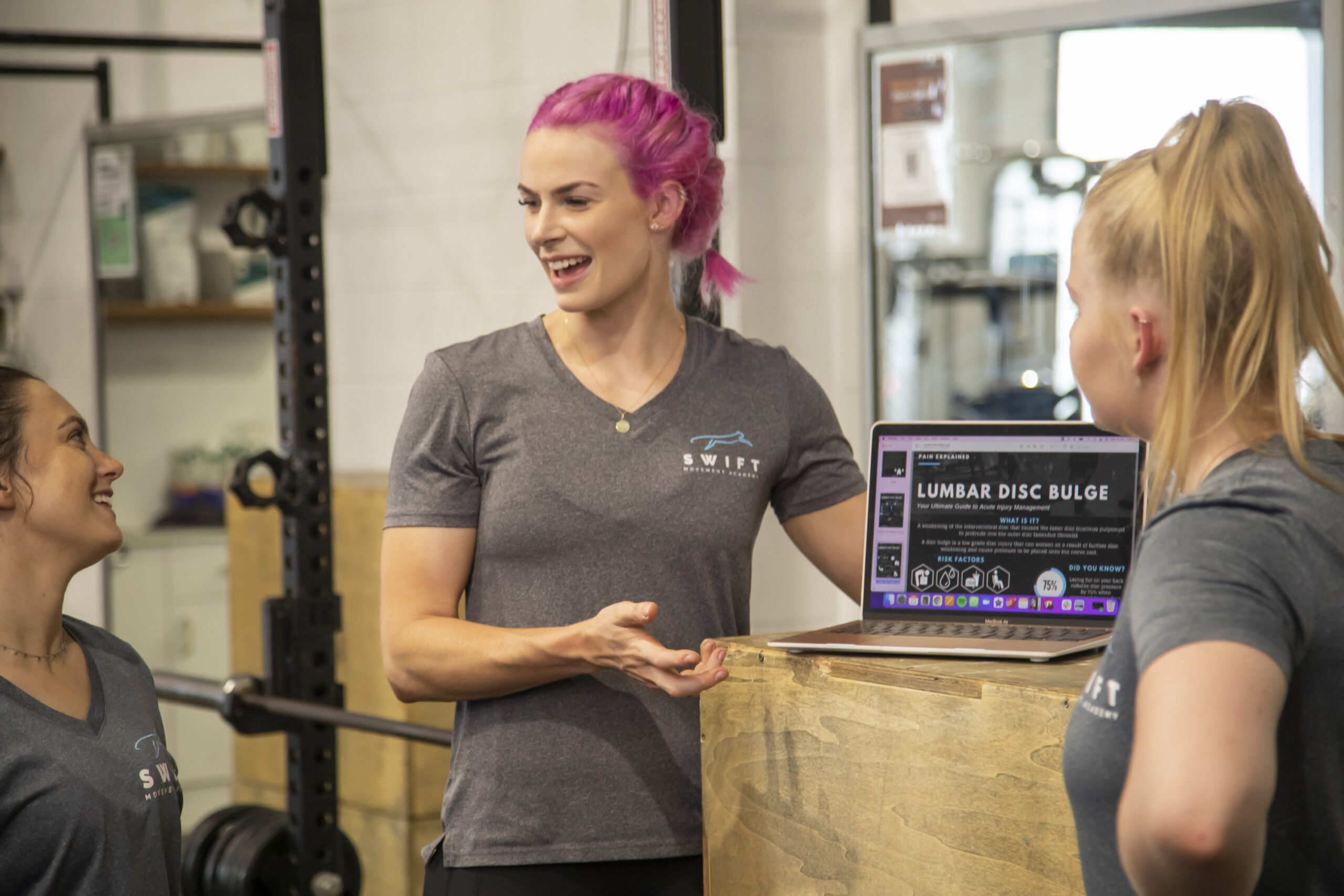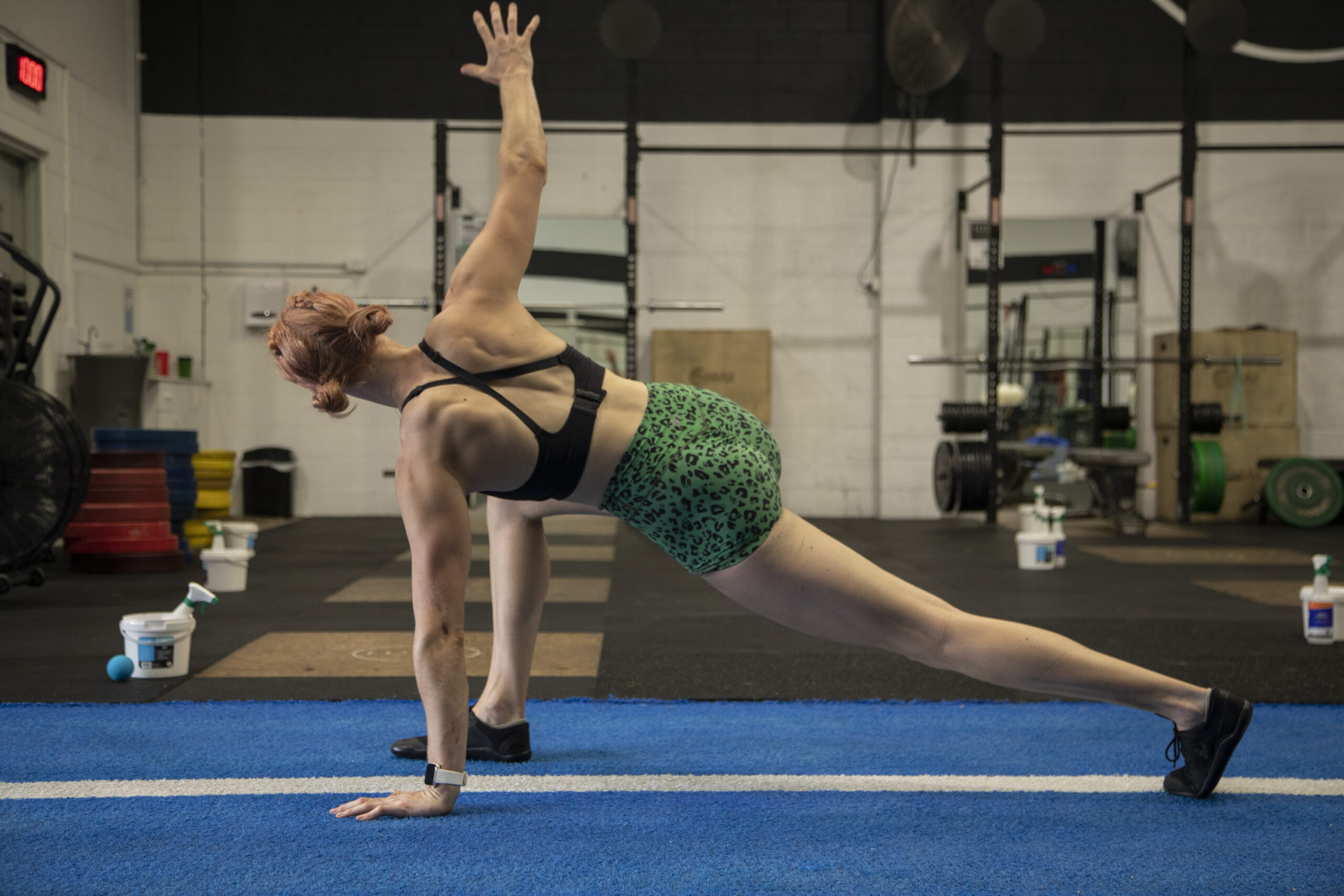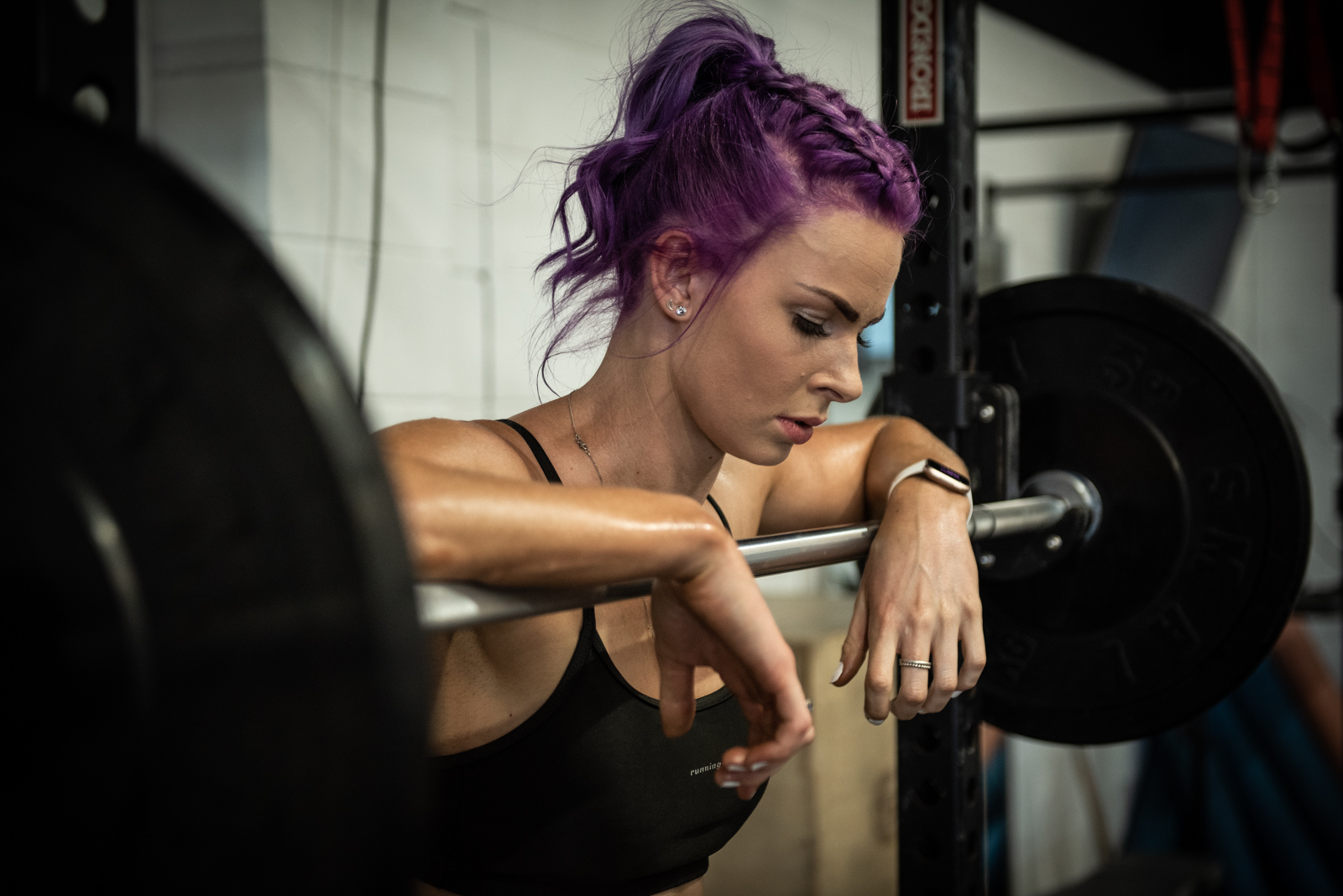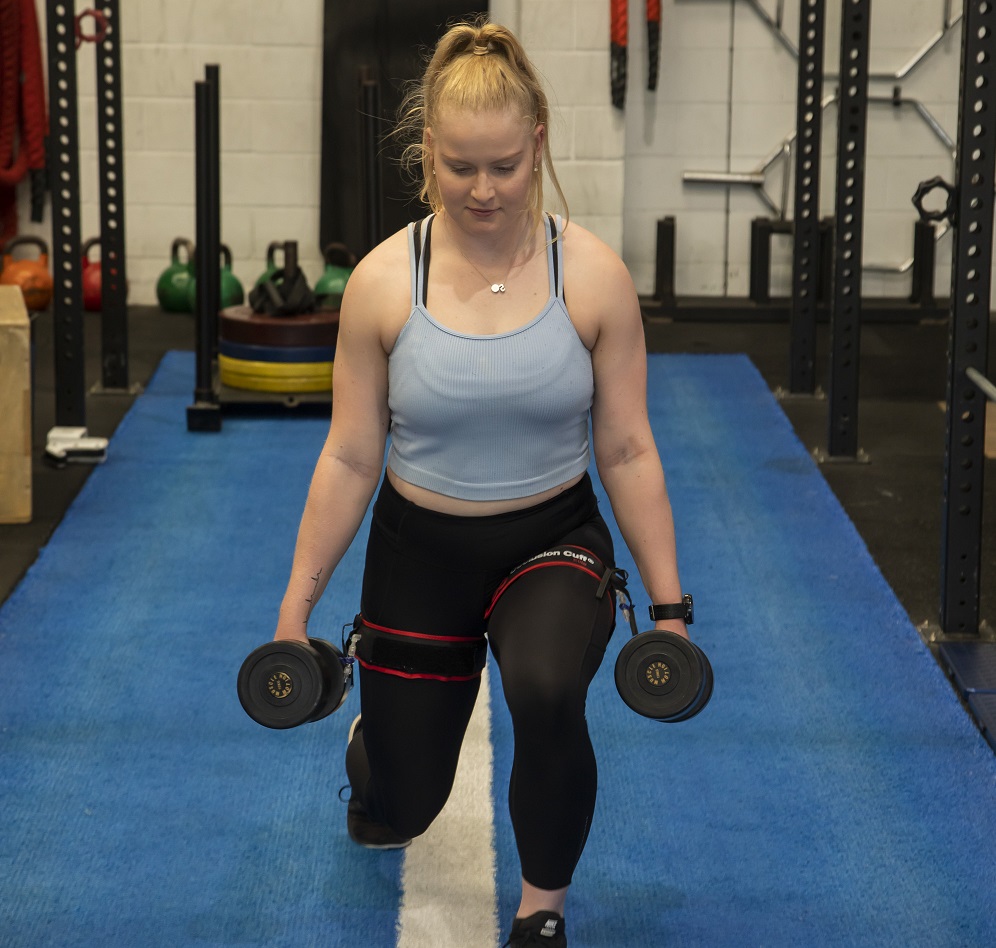Squatting is one of the most effective exercises for building lower body strength, improving core stability, and increasing overall athletic performance. However, improper technique and form can lead to injury, while mobility and flexibility restrictions, weak core stability, and poor recovery can limit your progress. In this article, we’ll provide a comprehensive guide to assessing and improving your squat, including techniques, mobility and flexibility, strength and core stability, and recovery, and additional tips.

Assessing Your Squat Technique
Using proper technique and form is crucial for avoiding injury and maximising effectiveness in your squat. To assess your squat technique, you can film yourself from different angles or have an Exercise Physiologist provide feedback on your form. Common issues to watch out for include leaning too far forward, not reaching proper depth, or letting your knees cave in.
One of the most important aspects of proper squat technique is maintaining a neutral spine position throughout the movement. A study published in the Journal of Strength and Conditioning Research found that maintaining a neutral spine position during the squat can reduce the risk of lower back injury (McGill, 2009). Additionally, another study published in the Journal of Sports Science and Medicine found that using a wider stance can increase the range of motion in the hips and reduce the risk of knee injury (Lauder et al., 2010).
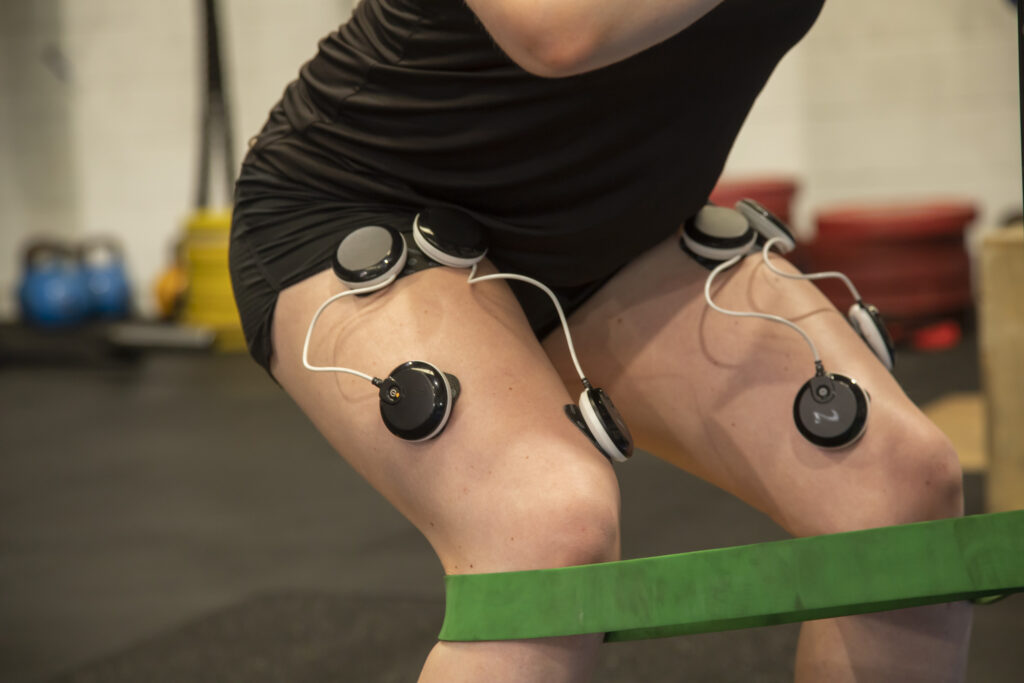
To improve your squat technique, focus on keeping your chest up and maintaining a neutral spine position throughout the movement. Use a wider stance to increase hip mobility and reduce knee stress, and engage your core muscles to maintain stability and control.
Assessing Your Mobility and Flexibility
Mobility and flexibility restrictions can limit your range of motion and prevent you from achieving proper squat form. Common areas of restriction include tight hips, ankles, hamstrings, and calves. To assess your mobility and flexibility, you can perform mobility drills, such as hip openers or thoracic spine rotations, or stretching exercises, such as hip flexor stretches or calf stretches.
One study published in the Journal of Orthopaedic and Sports Physical Therapy found that incorporating a stretching program for the hip flexors, hamstrings, and calves can improve squat depth and reduce knee stress (Witvrouw et al., 2004). Another study published in the International Journal of Sports Physical Therapy found that incorporating mobility exercises for the hips and thoracic spine can improve squat form and reduce the risk of injury (Hirth et al., 2016).
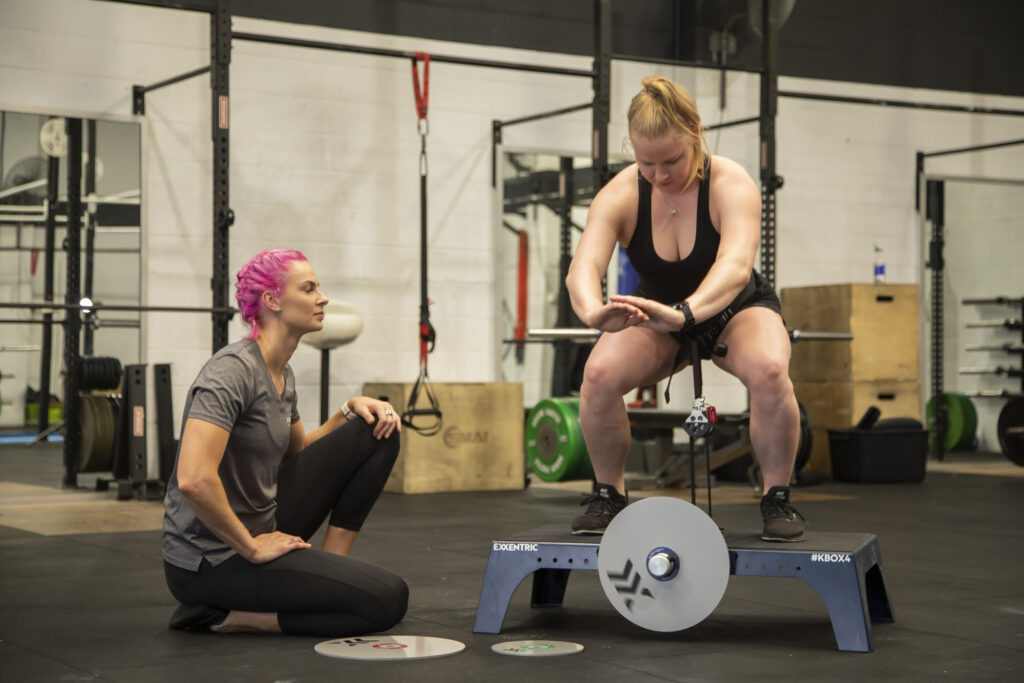
To improve your mobility and flexibility, focus on incorporating stretching and mobility exercises into your warm-up routine. Use foam rolling or massage therapy to target specific areas of restriction, and work with an Exercise Physiologist to develop a comprehensive mobility and flexibility program.
Assessing Your Strength and Core Stability
Lower body strength and core stability are essential for performing a safe and effective squat. To assess your lower body strength, you can perform a variety of rep max tests for the squat, or exercises like squats, lunges, and deadlifts. To assess your core stability, you can perform exercises that challenge dynamic instability like a plank with your arms on a fitball, or a farmers walk with a weight in one hand.
One study published in the Journal of Strength and Conditioning Research found that incorporating deadlifts and squats into a strength training program can improve lower body strength and power (Comfort et al., 2012). Another study published in the Journal of Sports Science and Medicine found that incorporating core stability exercises like planks and Russian twists can improve trunk stability and reduce the risk of injury (Akuthota et al., 2008).
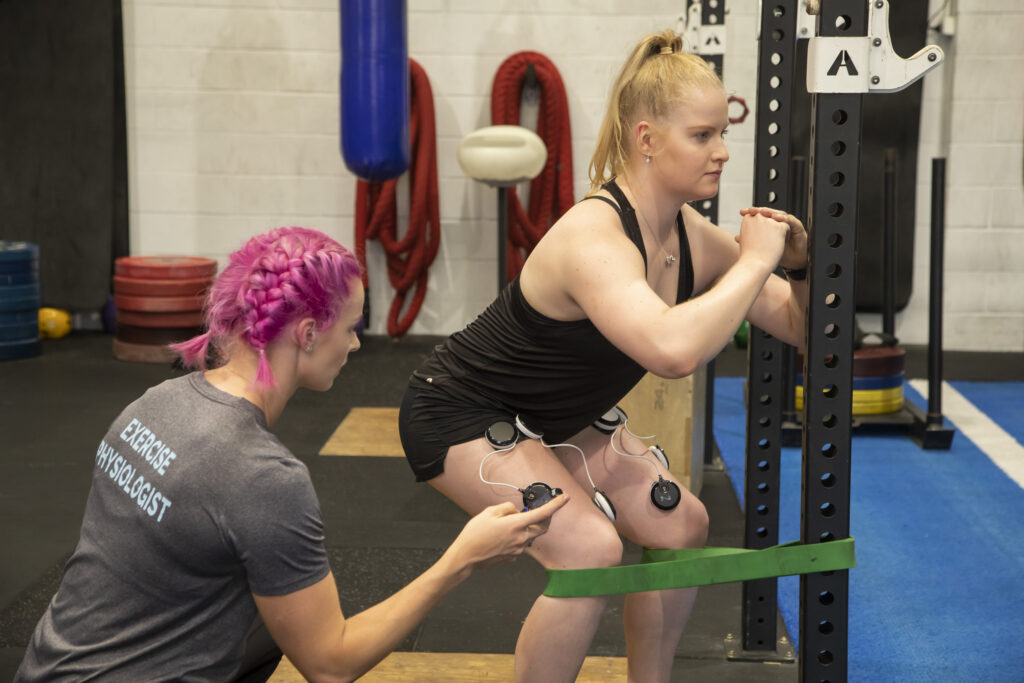
To improve your lower body strength and core stability, focus on incorporating compound exercises like squats, lunges, and deadlifts into your training program. Use progressive overload overload to gradually increase the weight and intensity of these exercises over time.
Additionally, incorporate core stability exercises like planks, Russian twists, and back extensions to improve your trunk stability and support your squatting movements.
Recovery and Additional Tips
Proper recovery can help you maintain healthy joints, reduce injury risk, and improve your overall performance in the squat. To aid in recovery, incorporate techniques like foam rolling, massage therapy, and stretching into your post-workout routine. Additionally, focus on maintaining a balanced diet with sufficient protein and nutrient intake to support muscle growth and repair.
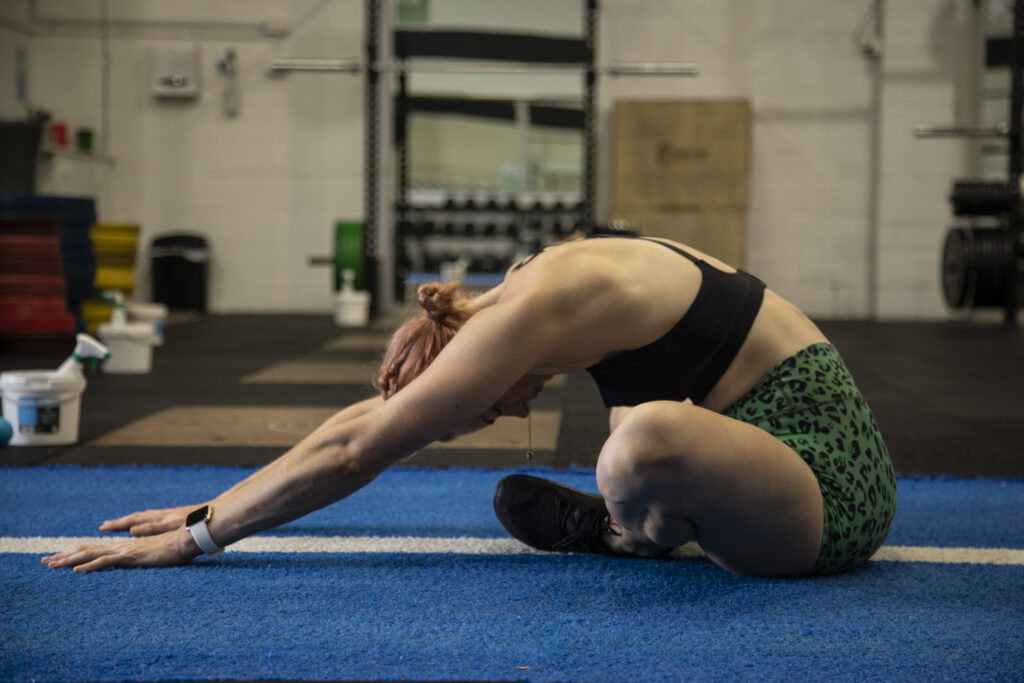
Other tips for improving your squat include practising proper breathing techniques, using proper footwear with a stable sole and heel, and incorporating accessory exercises like glute bridges and calf raises to target specific areas of weakness.
If you’re feeling uncertain of your own ability to make these changes, consider making an appointment to see an Exercise Physiologist. An Exercise Physiologist is an ideal person to see for improving your squat because they have specialised knowledge and expertise in the science of exercise and movement. They can provide comprehensive assessments and personalised recommendations to help you improve your squatting ability, reduce your risk of injury, and achieve your fitness goals.
Conclusion
Assessing and improving your squat involves a multifaceted approach that includes proper technique and form, mobility and flexibility, strength and core stability, recovery, and additional tips. By incorporating these techniques and tips into your training program, you can improve your squatting ability, reduce your risk of injury, and achieve your fitness goals.
References:
Akuthota, V., Ferreiro, A., Moore, T., & Fredericson, M. (2008). Core stability exercise principles. Current sports medicine reports, 7(1), 39-44.
Comfort, P., McMahon, J. J., & Suchomel, T. J. (2012). Optimizing squat technique. Strength and Conditioning Journal, 34(6), 42-49.
Hirth, C. J., Bliven, K. C., Tumminello, N. A., & Hirsch, J. C. (2016). The effects of a 6-week plyometric training program on agility. Journal of sports science & medicine, 15(4), 601.
Lauder, M. A., Lake, M. J., & Cardinale, M. (2010). Kinematic analysis of the powerlifting style squat and the conventional deadlift during competition: is there a cross-over effect between lifts?. Journal of Strength and Conditioning Research, 24(2), 326-331.
McGill, S. M. (2009). Ultimate back fitness and performance. Backfitpro Incorporated.
Witvrouw, E., Danneels, L., Van Tiggelen, D., & Willems, T. M. (2004). Stretching and injury prevention: an obscure relationship. Sports Medicine, 34(7), 443-449.
